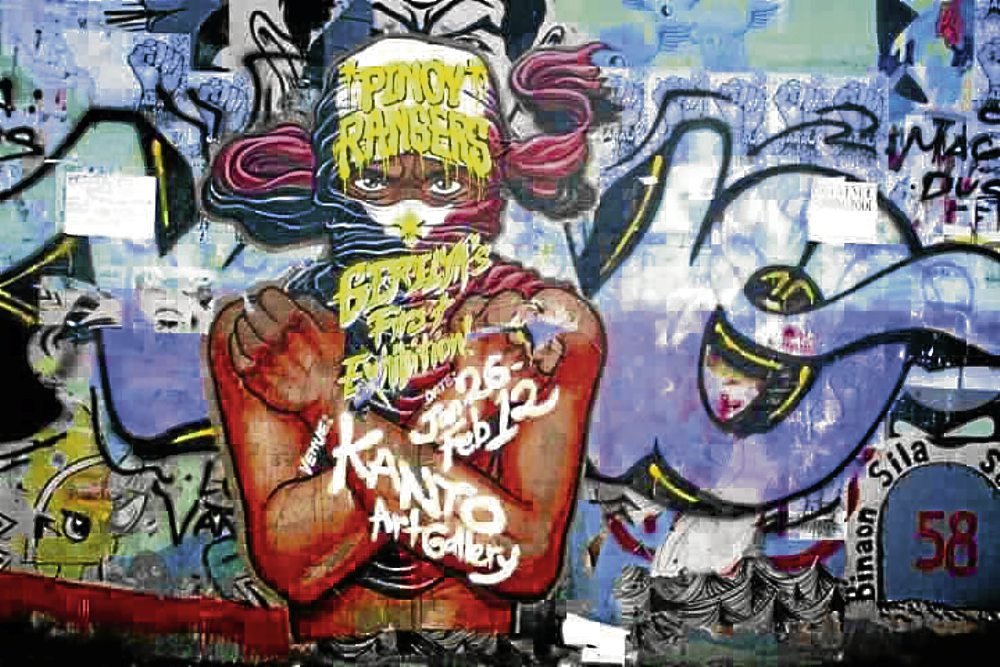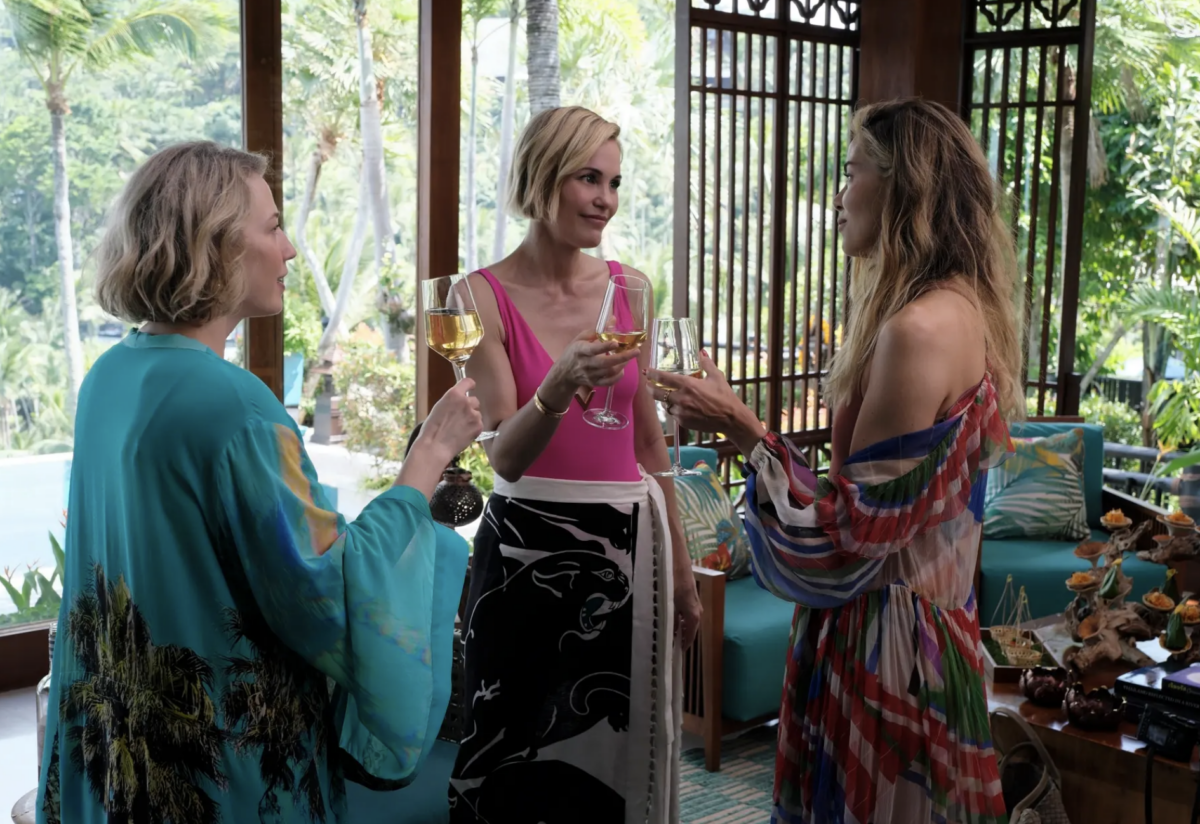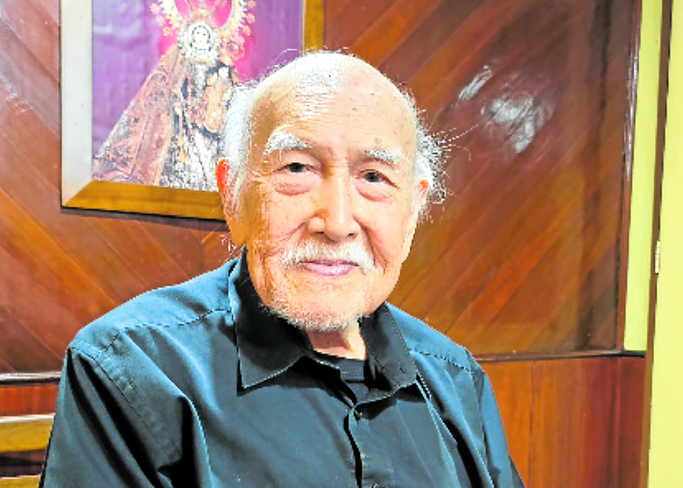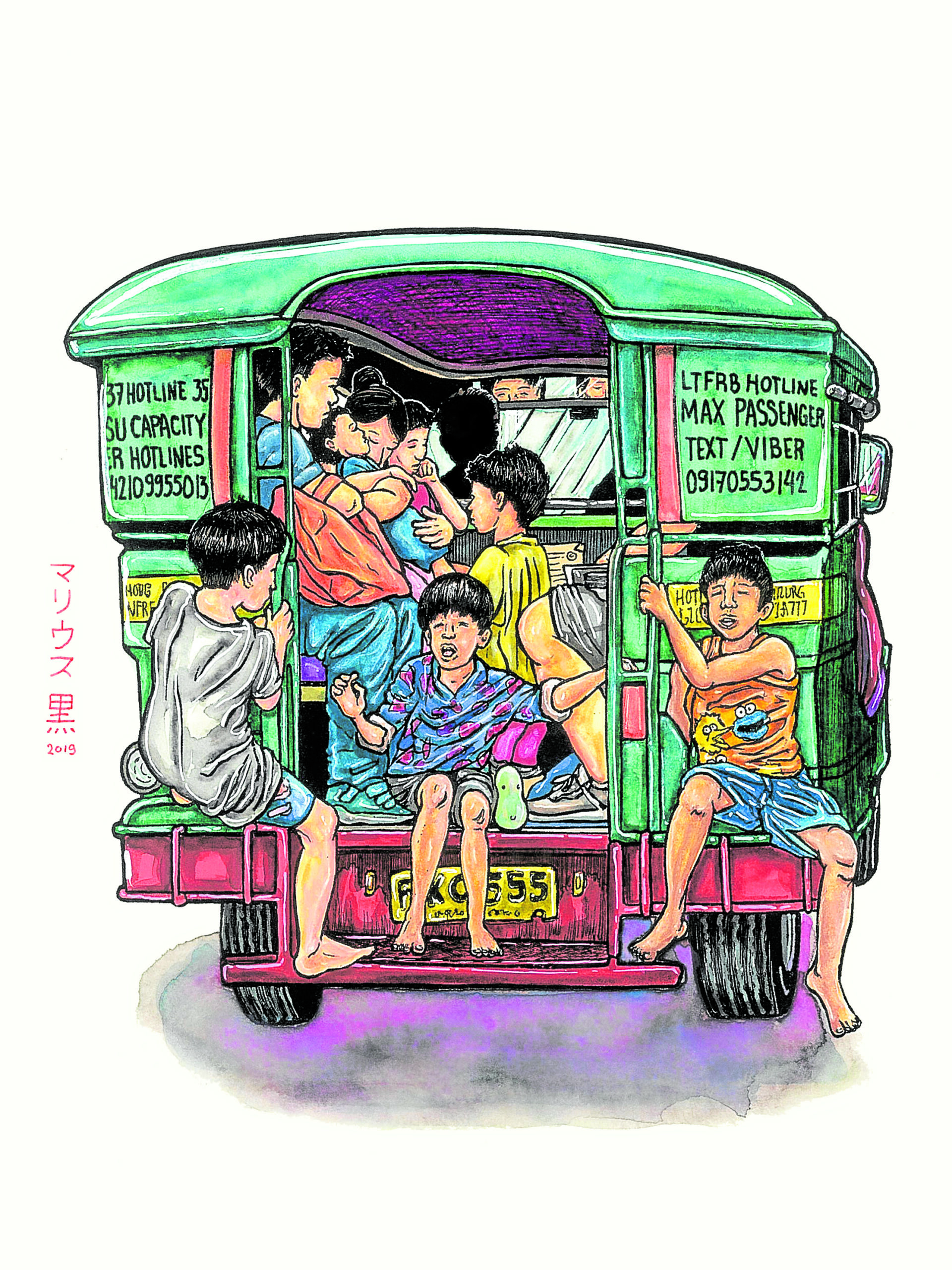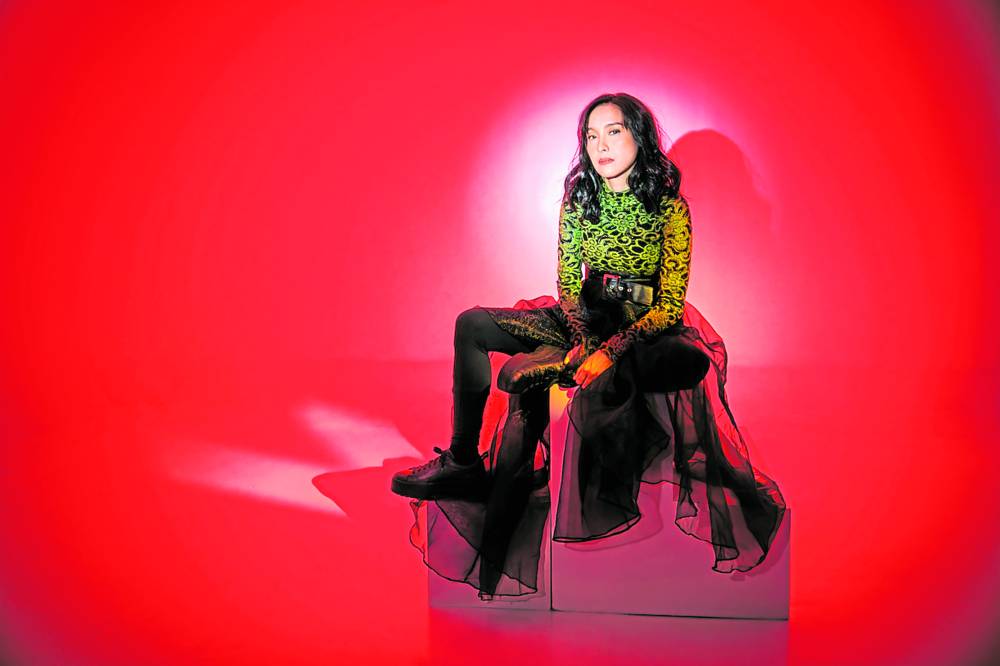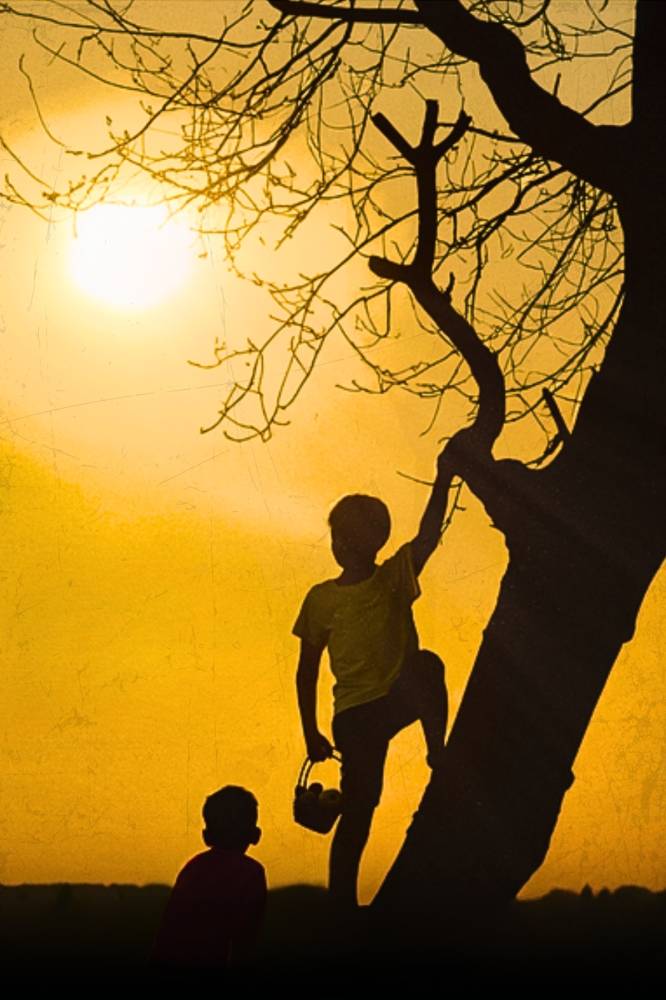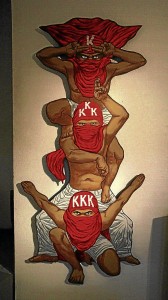
The dictionary defines “gerilya” as an irregular armed force, people engaged in or experienced in warfare. They are the bad guys, the thieves, and the rebels for a cause.
But five street artists, who call themselves Gerilya, gave the word new meaning as they recently launched a graffiti exhibit in Kanto Gallery at The Collective in Makati.
University of the Philippines (UP) College of Fine Arts students Janno Gonzales, Nico Zapanta and Nico Villarete, all graphic artists of Philippine Collegian, the university’s official publication, and Ralph Lumbres, and Myxkaella Villalon, Collegian’s former Kultura editor, comprise Gerilya.
Their first collective project, the Gerilya Komiks, Tagalog indie comics about the everyday life of Juan, became an instant hit at the College of Fine Arts.
They soon found inspiration on the streets—a place closer to ordinary people, a medium that reaches a wider audience—and gave birth to “Pinoy Rangers: Mandirigmang Kabataan; Tanod ng Kasarinlan.” The series borrows the concept of the famous Power Rangers.
First seen in 2011, a wall art made up of wheat paste showed faces of guerillas covered with red flags, their formation resembling the popular stances of Power Rangers, San Gouku, Naruto, and Eugene of “Ghost Fighter.” It decorated a side of Philcoa overpass. That was Bonifacio Day.

In this case, the graffiti, mostly seen as an eyesore, communicated a different meaning. To make their work more recognizable and relevant, Gerilya would post graffiti during historic events, such as the birthday of Andres Bonifacio. “In some ways, it’s a tribute to Katipuneros,” says Zapanta.
Their first graffiti dealt with legendary, mythological and underworld creatures like aswang and tikbalang. “We do street art to inspire storytelling and initiate public discussion, and connect the old and the young,” says Lumbres.
Gerilya aims to preserve culture and instill awareness by being attractive to kids, thanks to a youthful attack, without neglecting depth and content.
Childhood experience
Gerilya’s artwork was born from a collective childhood experience. Growing up in the ’90s, Gonzales recounts playing ninja, wearing capes and imagining himself as Superman. The group was very much into Shonen manga and Super Sentai, a Japanese superhero genre.
But their artwork goes beyond the mere popular animé stances. “One must ask, who are the real Pinoy superheroes here? Aren’t they the Katipuneros who fought for us, the reason we are free?” Gonzales explains. The audience may be captivated by the popular stances, but the flagheads would point to the real focus, he added.
The artwork involved ample research. When Gerilya did the Pinoy Rangers collection, they researched on the Katipunan, for the accuracy of the flag details. There was, however, no intention to explain the evolution of the flags.
They even studied the dynamics of the pieces: What goes together, the colors. Street art might not be that aggressive compared to other popular media, but Gerilya believes it’s not as tame, subtle and irrelevant as some people think, either.
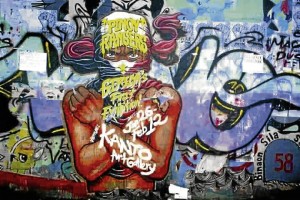
They tried to play up symbolism, like the potential fusion of the Magdiwang and Magdalo, and what could have happened in history had the two groups teamed up.
“Working with images and symbolism is something we learned in the Collegian,” Gonzales says. Let the image be striking and allow the audience to decipher the meaning. The group claimed they are not in the business of spoonfeeding.
What binds them, more than their skills, is the joy they experience every time they are about to do something they think is “cool.”
A vision to create
Villarete said they don’t have any vision or mission, like a typical organization does. There is a vision to create, but their motivation mainly is to enjoy what they do, he said. Their work, they claim, is not even for profit, though their graffiti art is for sale. “Nag-e-enjoy lang talaga kami sa ginagawa namin,” adds Lumbres.
“Kung ano ang matripan ng tropa, iyon na,” says Gonzales. While some are already working and one is finishing his thesis, Gerilya’s members usually work during their free hours on weekends.
Lumbres says their effort is part of a consciousness. “We didn’t start out with a similar cause, a common goal; it’s part of a lifestyle. The message just comes out naturally.” In this way, Gerilya claims that their artwork is more free, more natural, not forced, spontaneous, authentic and personal.
A setup without hierarchy and imposition—a setup that is free—works for Gerilya.
Though composed of artists with different expertise, the group is considered one. Each artist has his own role. Gonzales, who specializes in conceptual, editorial artworks, does the rendering. Villarete, an expert on comics and cartoons, does the anatomy; Lumbres, who does studio art, focuses on exploration and mounting.
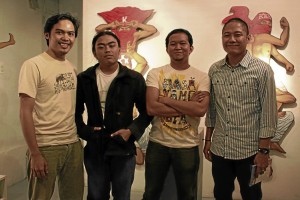
Zapanta, who works in a PR agency, specializes in promotions, aside from painting. Villalon is in charge of writing.
“Para kaming banda, pero ang banda nagdi-disband; kami naka-blood compact, eh,” jokes Zapanta.
Gerilya believes the street is their place, even if there’s no assurance that their work will be intact in the next few days. Tomorrow, enemies of their artistry, from rain or weather to a cleanup by MMDA, can ruin their work. But Gerilya says they will not stop.
“Hangga’t may idea, suggestion, tuloy pa rin ang paggawa. Never stop believing and never hesitate to seek help—from your family, your teammates and co-artists. Open up and enjoy.”

